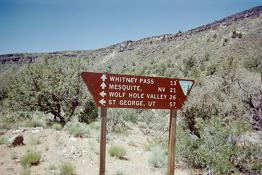
incorrect mileages. Whitney Pass
is 15 miles; Mesquite is 47 miles
in the indicated direction. Wolf Hole Valley is unpeopled.
|
Arizona Prominences May 2010 Trip Report © May 2010 Adam Helman |

|
|
This sign along BLM 101 has incorrect mileages. Whitney Pass is 15 miles; Mesquite is 47 miles in the indicated direction. Wolf Hole Valley is unpeopled. |
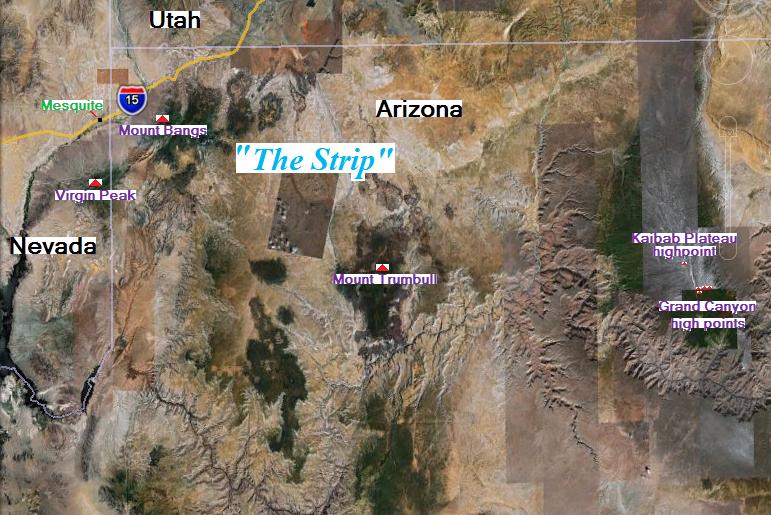
|
|
The overall plan is outlined. Map dimensions are roughly 200 miles east-west and 150 miles north-south. |
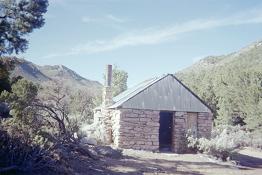
|
|
Abandoned brick structure.
Mount Bangs' summit is just left and level with the chimney's top. |
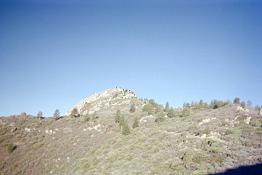
|
|
Mount Bangs from the 6,900 foot saddle.
Green squares indicate the simplest route; red squares follow the ridge and is dicier (click to see clearly). |
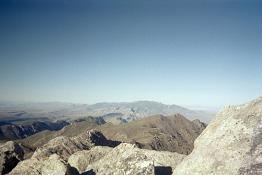
|
|
Virgin Peak seen from Mount Bang's summit. |
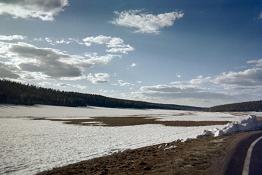
|
|
Route 67 runs through De Motte Park just before the Grand Canyon north rim entrance kiosk. |
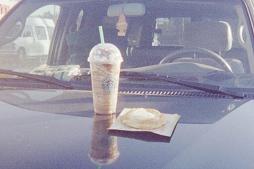
|
|
Starbucks java chip frappuccino and a cheese danish await enjoyment - so fulfilling their destinies. |